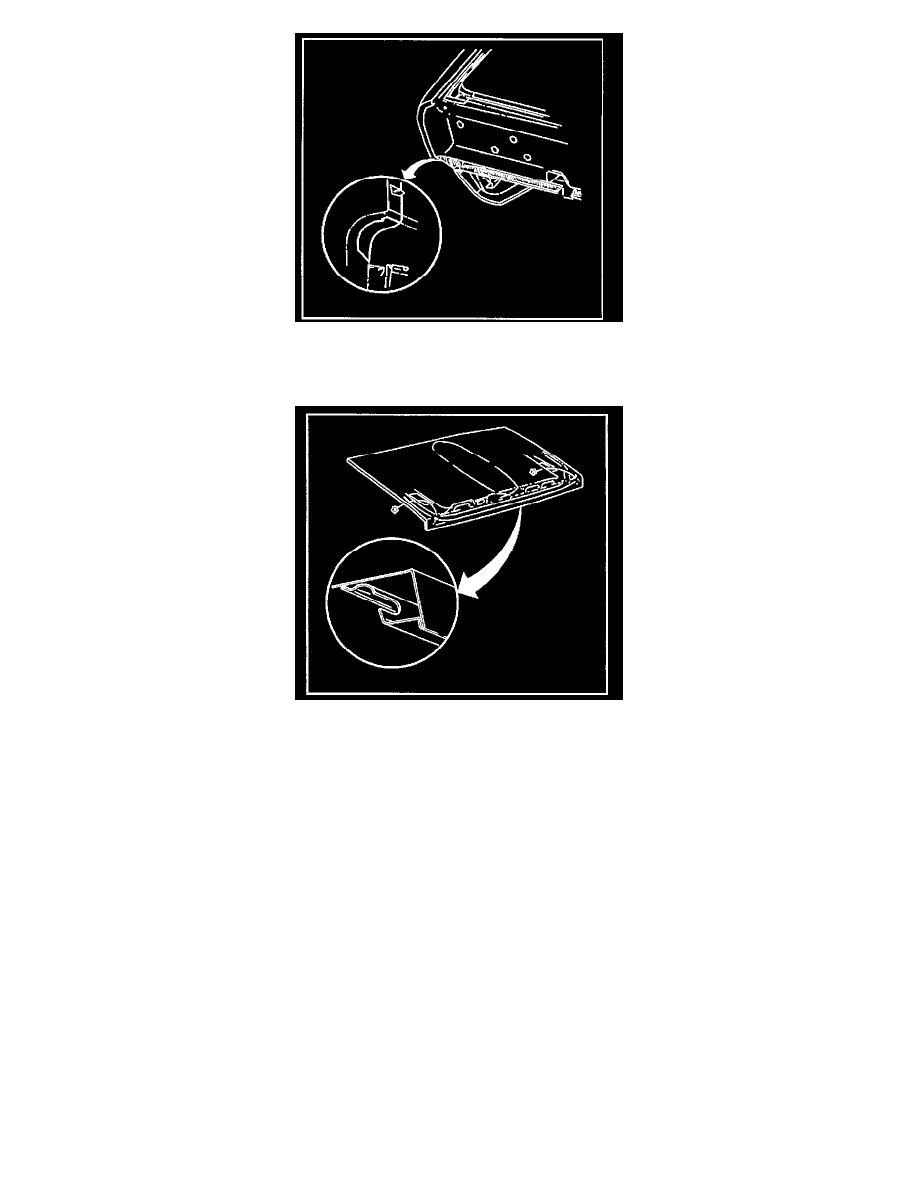Hombre S Space Cab 2WD V6-4.3L (2000)

When deadeners are disturbed because of damage, are removed during repair operations, or a new replacement panel is installed, the deadener material
must be replaced by a service equivalent material. The application pattern and location of deadener materials can be determined by observing the
original production installation.
Anti-corrosion compounds are light-bodied materials designed to penetrate between metal-to-metal surfaces, such as pinch weld joints, hem flanges, and
integral panel attaching points where metal surfaces are difficult to coat with conventional undercoating materials, and are inaccessible for painting.
Conventional undercoating is recommended in order to coat large areas such as replacement door and quarter outer panels, floor pan sections, lids,
hoods, fenders, etc. During undercoating operations, care should be taken to prevent the material from being sprayed into door and quarter panel
hardware mechanisms such as door locks, glass run channels, window regulators, and seat belt retractors. On the underbody, the material should not be
applied to any moving or rotating part, energy absorbing bumper components, or shock absorbers. After undercoating, ensure that all body drain holes
are open. Refer to Basecoat/Clearcoat Paint Systems for the sequence of application steps for anti-corrosion materials.
Cleaning of the interior and underbody panel surfaces is necessary when original galvanized or other anti-corrosion materials have been burned off
during welding or heating operations. Removal of the residue from burning will require additional care in such areas as interior surfaces of box-type
construction and when configurations of the metal panels limit access to interior surfaces. One or more of the following methods will remove the residue.
-
Sand blasting is an excellent method for cleanup and preparation of open joints, underbody components, and hem flange areas. Sandblasting is
most effective and should be used.
-
When access is possible, scraping with a putty knife or scraper can be used.
-
A jet of compressed air will remove most residue and could be effective in a limited access areas.
